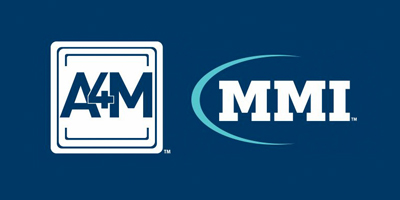In the present study, the researchers sought to describe the immune activation and immune checkpoint expression profiles of both CD4 and CD8 T cells along with the frequency and function of HIV-specific CD4 and CD8 T cells in a cohort of children and adolescents vertically infected with HIV.
Abstract
The size of the latent HIV reservoir is associated with the timing of therapeutic interventions and overall health of the immune system. Here, we demonstrate that T cell phenotypic signatures associate with viral reservoir size in a cohort of HIV vertically infected children and young adults under durable viral control, and who initiated anti-retroviral therapy (ART) <2 years old. Flow cytometry was used to measure expression of immune activation (IA), immune checkpoint (ICP) markers, and intracellular cytokine production after stimulation with GAG peptides in CD4 and CD8 T cells from cross-sectional peripheral blood samples. We also evaluated the expression of 96 genes in sort-purified total CD4 and CD8 T cells along with HIV-specific CD4 and CD8 T cells using a multiplexed RT-PCR approach. As a measure of HIV reservoir, total HIV-DNA quantification by real-time PCR was performed. Poisson regression modeling for predicting reservoir size using phenotypic markers revealed a signature that featured frequencies of PD-1+CD4 T cells, TIGIT+CD4 T cells and HIV-specific (CD40L+) CD4 T cells as important predictors and it also shows that time of ART initiation strongly affects their association with HIV-DNA. Further, gene expression analysis showed that the frequencies of PD-1+CD4 T cells associated with a CD4 T cell molecular profile skewed toward an exhausted Th1 profile. Our data provide a link between immune checkpoint molecules and HIV persistence in a pediatric cohort as has been demonstrated in adults. Frequencies of PD-1+ and TIGIT+CD4 T cells along with the frequency of HIV-specific CD4 T cells could be associated with the mechanism of viral persistence and may provide insight into potential targets for therapeutic intervention.
Author summary
Low HIV reservoir size is associated with positive outcomes of therapeutic approaches and better immune function. Here, we identified a 9-marker T cell immune signature based on phenotypic flow cytometry data that associated with total HIV DNA measurements in a pediatric cohort of 34 perinatally infected participants with sustained viral control. Notably, frequencies of PD-1+ CD4 T cells and TIGIT+ CD4 T cells were positively correlated and HIV-specific (CD40L+) CD4 T cells were negatively correlated with HIV DNA, and were impacted by time of ART initiation. Gene expression analysis by multiplex RT-PCR showed that the frequencies of PD-1+ CD4 T cells associated with an exhausted Th1 molecular profile in CD4 T cells. This signature could inform future therapeutic studies and provide mechanistic insight on HIV persistence in perinatally infected HIV.















